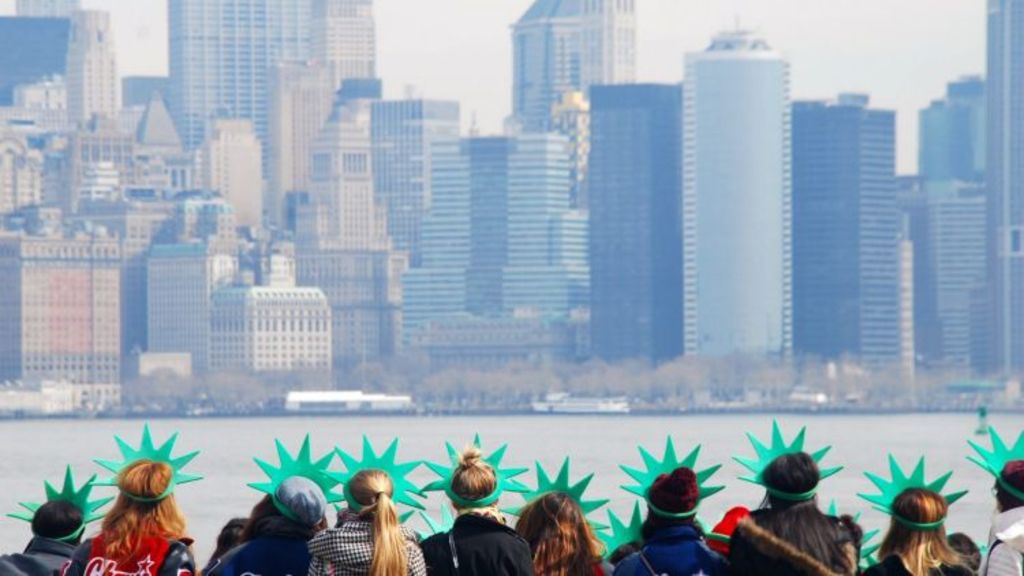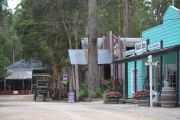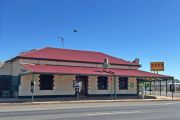
Sydney’s housing market will soon start to look like New York, expert says
Antony Lawes
Sydney’s housing market will soon start to look like New York’s where apartment living is the norm, home ownership is unattainable for the majority of inhabitants and renting will be the only choice unless buyers look to regional towns, a prominent housing analyst has warned.
Domain Group’s chief economist Andrew Wilson told a property seminar on Thursday that house and unit prices in Sydney were now so high that very little could be done to make the city affordable for first-home buyers and this would be exacerbated as the demand for housing – already chronically in short supply – increased in the coming years.
“The boom has entrenched significant barriers of entry to the market and fast-tracked the rise of Sydney as the high-rise and renting capital, we’re moving inexorably towards that outcome,” Dr Wilson told the Property Market Outlook, put on by the Committee for Economic Development of Australia.
“The correction phases are not going to bring in waves of new home buyers. First-home buyer numbers are rising in all capital cities, it’s only Sydney [where it’s not] and it’s because Sydney has that price tag.”
He said this was what had happened in the big “global cities” such as New York, London and Paris, where home ownership rates declined and permanent renting had become more prevalent.
“If we look at New York, it has the highest price of any capital city in US and the highest density and lowest home-ownership rate,” Dr Wilson said.
“It’s a logical conclusion when you have significant barriers to entry for people to live there, they will rent. [New York’s] got a 30 per cent home ownership rate … and that’s where we’re heading.”
And he warned politicians that any change to the existing tax arrangements for housing, such as Labor’s policy of scrapping negative gearing for existing properties, would make it harder for buyers.
“Any new policy that constrains the supply of housing, whatever that maybe, will only act to increase prices and rents and exacerbate the looming reality that home ownership is set to be a largely unattainable privilege for most inner-city apartment renters.”
The answer, Dr Wilson said, was not to build more houses on the outskirts of the city, which were expensive and were where fewer people wanted to live, but focus on increasing the supply of apartments closer to the CBD and clustered around transport. This was something Sydneysiders would be willing to accept.
“Sydney has a culture of higher density compared with other markets. I think there’s not as much political tension for more development, as long as it’s balanced, as long as you bring the community with you.”
He said as part of the need to address Sydney’s affordability problems, governments should also encourage buyers into regional towns where prices were a fraction of those in Sydney.
“The answer is not build more houses … we’re not going to build enough to match that underlying deficit,” Dr Wilson said.
“We need to get people outside of the Sydney basin. We have these wonderful, proximate regional centres of Orange, Wagga, Bathurst, Newcastle where people can embrace a different lifestyle with medians of $450,000. Now, the question is, how you can live there and work in Sydney.”










